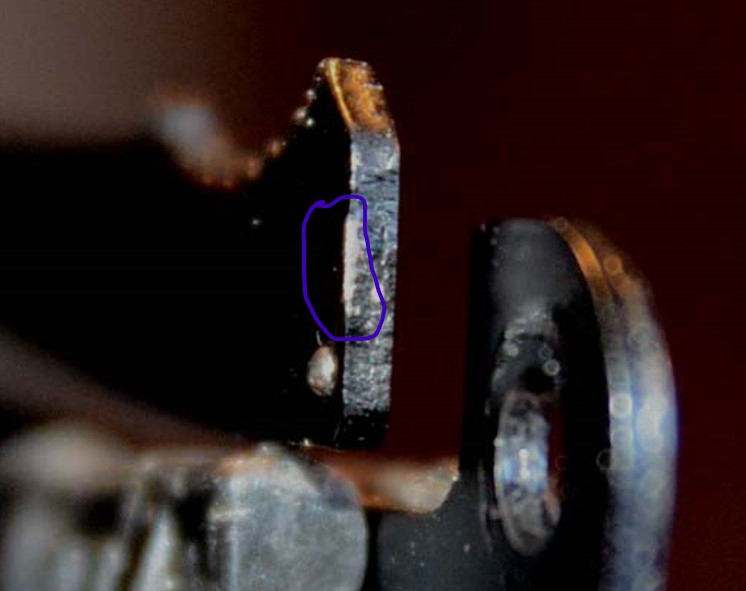- Joined
- Apr 12, 2009
- Messages
- 13,484
I bought that knife around the time Camillus USA closed up shop, when they went out of business. Sending it back really wasn't an option at that point. That being said, the framelock itself, even being a bit sloppy at lockup, is very strong & takes effort to disengage - I'm confident I'll never abuse it to the extent that it might become a safety concern with an accidental closing. It was just the 'rattle' of the thing that bugged me - it was otherwise so close to being a perfectly-executed design.I checked, that's a very expensive knife you have. If it were new, you should have sent it back!!! Like you said, if the liner is too short, you cannot add to it.
I also have a limited-run version of the same knife that was marketed through A.G. Russell's catalog for a short time. I think it might've been made as an S.F.O. exclusively at A.G. Russell's request, as that was a period when assisted openers were still illegal in a lot of areas around the country, being lumped in with switchblades in a lot of local knife laws. It's a non-assisted version and functions solely as a flipper for opening. It worked out so well, I actually prefer it to the assisted version. Very smooth and easy-opening with solid lockup and no concerns about torsion bars / springs failing down the road.


